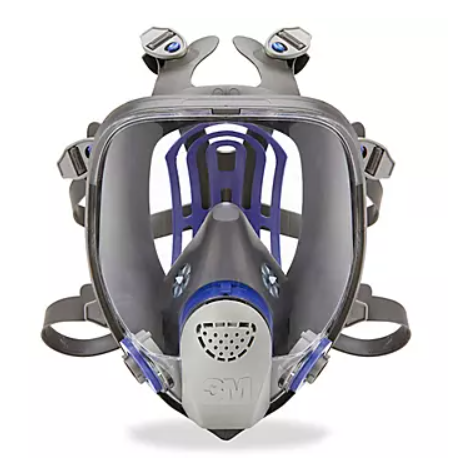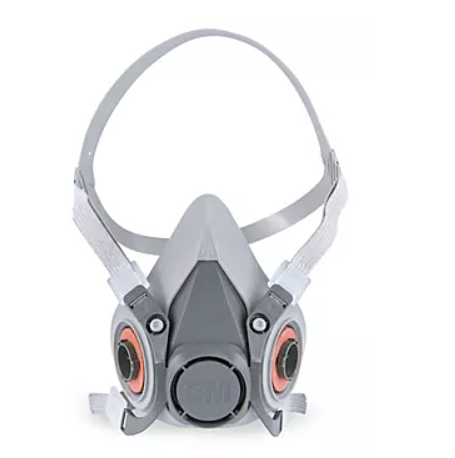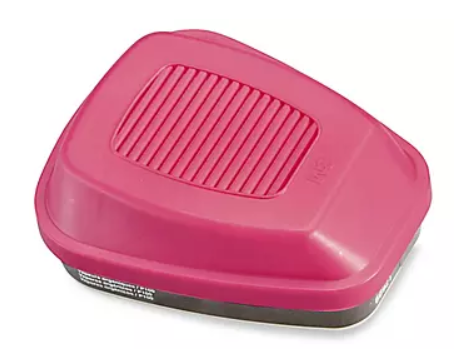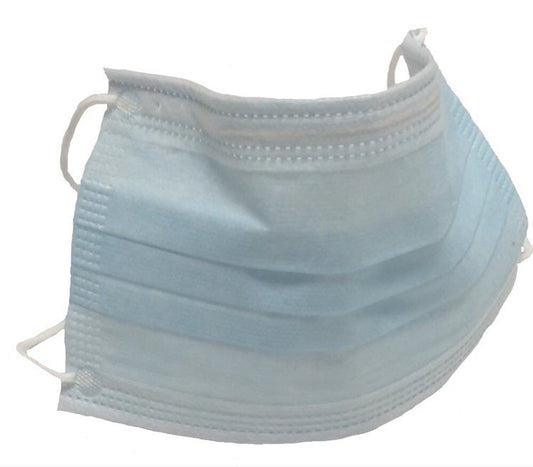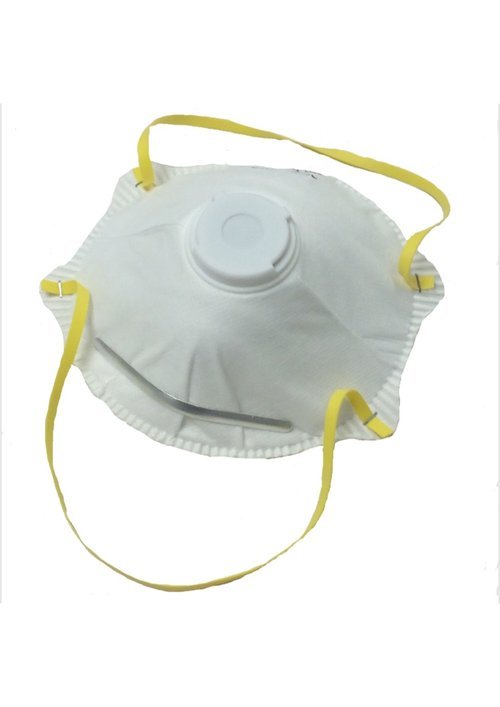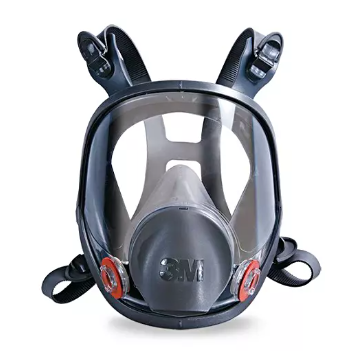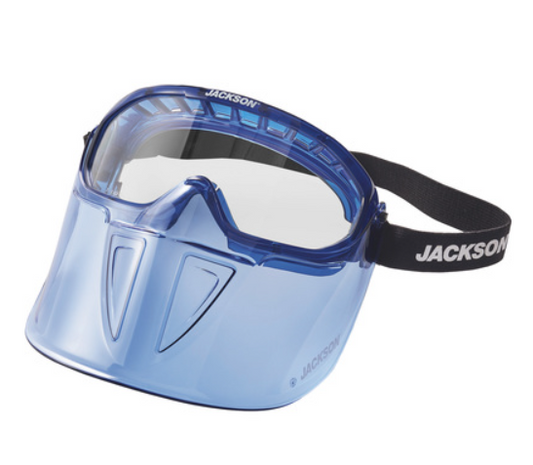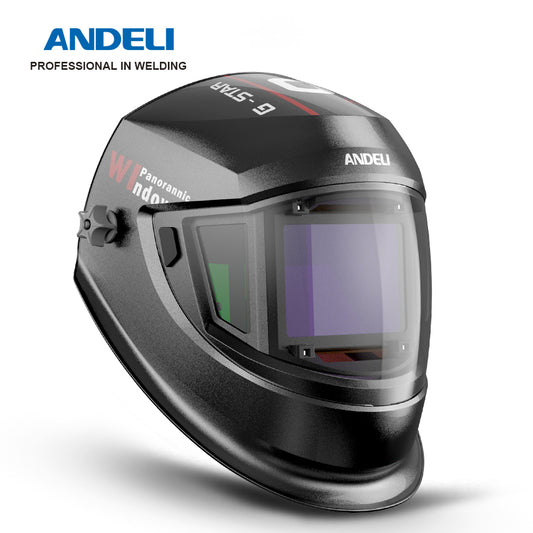When shopping for coveralls, it can be difficult to decide which type is best for your needs. There are two main types of coveralls available on the market today: polypropylene and microporous. Here, we will explain the differences between these two types of coveralls so that you can make an informed decision when selecting coveralls for your workplace.
Polypropylene vs Microporous Coveralls
Polypropylene coveralls are made from a lightweight, non-woven fabric that offers basic protection against dirt and dust particles. These are great for general use in light industrial settings or warehouse environments since they offer a comfortable fit but limited protection from liquids, chemicals, or hazardous materials.
On the other hand, microporous coveralls provide superior protection from liquid particles and hazardous materials due to their breathable membrane layer that blocks bacteria and other particles from passing through. This makes them ideal for more demanding applications such as medical or chemical processing facilities where workers need to be protected from hazardous materials while still maintaining comfortability during their shifts. However, these types of coveralls are typically more expensive than polypropylene ones due to their higher level of protection.
In conclusion, there are two main types of coveralls available on the market today—polypropylene and microporous—and each offers its own unique benefits depending on your specific needs. If you work in a light industrial setting or warehouse environment without any potential contact with hazardous materials, then polypropylene is likely a suitable option as it provides basic protection at an affordable price point. However, if you require superior protection against liquid particles and hazardous materials then microporous may be the better choice since it offers maximum coverage while still allowing for breathability during extended wear periods. Ultimately, it’s important to understand the differences between these two types of protective clothing before making a purchase so that you can ensure your safety in any situation.

 (508) 492-8975
(508) 492-8975
